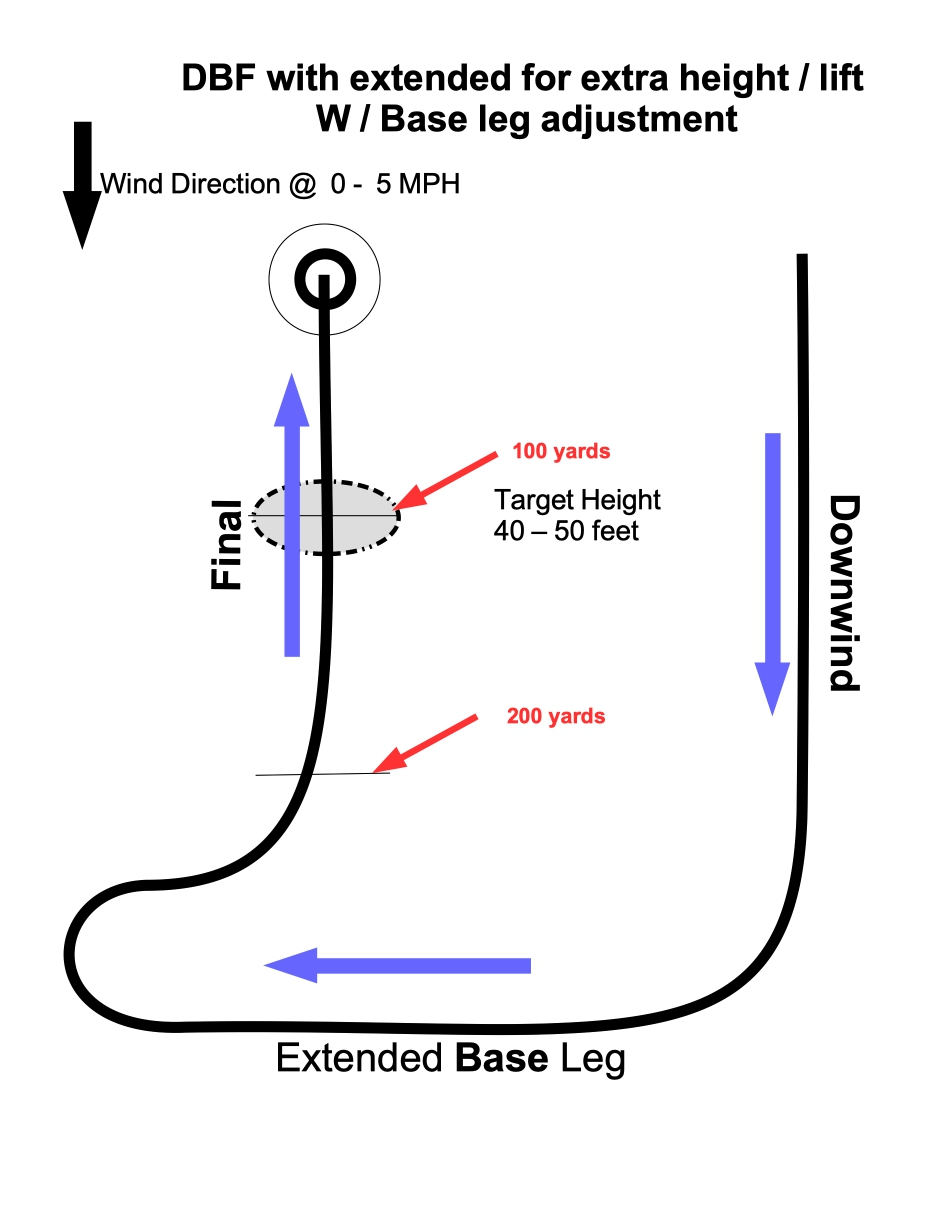Land Smart: How to Pick Safe LZs When It Matters Most
XC paragliding isn’t just about the big lines or the long climbs—it’s about how you finish.
Most accidents don’t happen at cloudbase. They happen when pilots push a bad LZ choice or arrive too low to manage the risks.
Being seen, heard, and found matters—but being safe on the ground matters even more. As pilots, we carry the responsibility to choose and execute landings that keep us walking away smiling, not limping.
This post gives you a simple system to evaluate, select, and nail landings you can trust—every flight, every valley.
✅ Why LZ Decisions Matter
Safety first. Slopes, wind gradient, wires, and crops can turn a smooth flight into a bad ending.
Confidence in the air. When you know you can land anywhere, you fly further, calmer, and with more focus.
Efficient retrieves. A smart LZ near a road means more flying, more fun, less waiting.
Tour insight. On Skyout tours in Colombia, we put as much emphasis on landings as we do on thermal technique. A solid LZ habit is part of what makes you a complete XC pilot.
✅ The 4-Layer LZ Checklist
1. Visibility — Spot it early
Scan for outs before you need them. Always keep at least one backup LZ in mind.
From the air, color and contrast tell the story: green fields may be crops, brown often means pasture, silver usually means rooftops.
2. Wind — Read it right
Watch trees, smoke, rivers, or dust to find wind direction.
In Colombia’s Valle del Cauca, expect a strong breeze building in the afternoon predominantly from the west.
Cross-check with your drift in thermals—are you being pulled toward areas with minimal landing options, or pushed into a safe corridor.
More Info:
Seeing the Wind: How to predict the wind for landing your Paraglider
3. Obstacles — The silent killers
Power lines almost always line field edges—scan for poles, not the wires.
Ditches, fences, irrigation channels, and livestock can all complicate a landing.
Respect landowners—avoid damaging crops or frightening animals.
4. Slope & Surface — The touchdown reality
Flat and open beats large but sloped.
Avoid uphill or downhill landings unless you’re forced.
Surfaces matters: tall grass hides holes, plowed soil can trip you, wet ground can be slick.
Rotor & gradient: Choose LZs with clean upwind —no tall obstacles for ~10–15× their height. Expect turbulence and a sharp wind gradient behind trees and buildings; land beyond the rotor, even if it means a longer walk.
✅ The “Arrival Floor” Mindset
One of the best habits you can build is defining your arrival floor: the minimum altitude you’ll accept when approaching an unknown LZ.
For known areas with many options, you might use 200 m AGL.
For new or uncertain fields, 300 m AGL is safer.
Arriving with a margin gives you time to check the wind, fly a proper pattern, and commit confidently. Don’t drift into a new LZ scraping in low—you’re stacking the odds against yourself.
✅ How to Execute a Smart Landing
Commit early. Once you’ve chosen an LZ, stick with it unless there’s a clear reason to change.
Fly a pattern. Downwind–base–final keeps your brain calm and your approach predictable.
Avoid low S-turns. Better to overshoot and walk than to stall or clip a fence.
Fly through the flare. Don’t stop flying until your feet are on the ground.
✅ Skyout Tour Insights
In Piedechinche, our guides highlight safe LZ corridors during the morning brief—just as carefully as they explain the day’s weather. Many pilots find that their biggest growth on tour comes not from flying further, but from learning how to choose and commit to better landings.
Flying in the Valle Del Cauca we are blessed with many landing options. But not all are equal: private communities often have gates/fences that drivers can’t access, and many sugarcane fields aren’t vehicle-friendly
Having a driver waiting on the road only works if you land where they can reach you. A smart LZ choice saves you time, stress, and energy—so you’re ready for tomorrow’s flight.
Landing smart is a skill you can build—one checklist, one decision, one margin at a time.
Putting it together: a 30-second LZ scan
• Size & surface: flat/open beats big/sloped.
• Wind agrees? Trees/smoke/water texture + your ground speed.
• Obstacles: poles = wires; fences/ditches; livestock.
• Pattern: set downwind–base–final; avoid low S-turns; land long if needed.
The Landing Zone
Your next XC flight doesn’t need to end with luck. It should end with a deliberate choice that gets you home safe, with a smile, and ride, a cold drink, and a comfortable, air-conditioned vehicle waiting.
On Skyout tours, we coach LZ planning and execution every day—because flying far means nothing if you can’t land safe. We coach this discipline in tour because it’s as much part of XC training as turns and climbs.”
👉 Explore all our guided weeks here: www.skyoutpg.com/our-tours
Fly Faster. Fly Farther. Fly Smarter
Jeff

